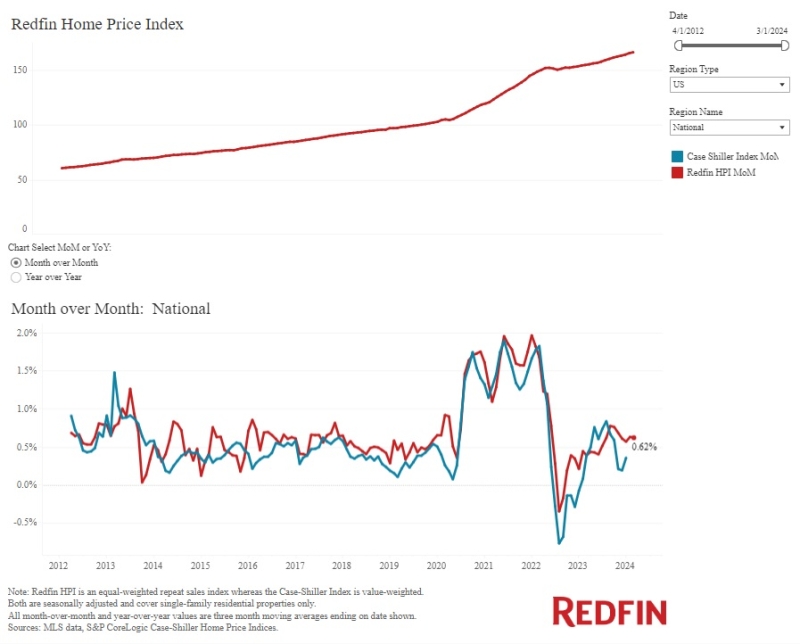Advertisement
Pursuing Excellence: What Every Loan Officer Needs to Know

In my 28 years in mortgage lending, it’s been my observation that skilled mortgage professionals make it a priority to be students of their profession. From my own career to training some of our industry’s top earning loan officers, it’s readily apparent, they have a continual thirst for knowledge and are always learning. With school back in session, I thought it would be appropriate to address the subject of learning and what I believe should be your favorite subject … science. Yep, you got it … I said “science,” not “math,” “communications,” “English” or any other elective you may study to sharpen your loan officer skills. I didn’t say to neglect those areas, but science should top the list and one discipline in particular … the Science of Customer Retention.
You may have the best product, the best price and have the most experience, but if you don’t understand the science of why people buy and why they buy from you, you may never experience your true potential. Customer retention may begin before you even speak to a customer, but is definitely influenced by the minute you say hello. The key to enormous success is to know and understand the social science behind how we engage and influence our customers to use our services, send referrals and come back time and time again. Gaining a complete understanding of customer retention begins with a thorough understanding of the buying process. What you understand, you can control. What you control, you can make work for you. What you make work for you equates to enormous success.
You could spend countless hours researching the buying process and you’d be overwhelmed with the results. So, let me save you time, effort, energy and provide you the Reader’s Digest version. There are basically five steps. The buyer, of course, participates in all aspects of the process. The loan officer may as well, but typically only participates in the last three. Either way, you must have complete knowledge. The good news is, once you’ve educated yourself, the process never really changes.
“Gaining a complete understanding of customer retention begins with a thorough understanding of the buying process.”
1. Identification: This phase is externally-driven as the customer identifies a product, good or service to satisfy a want, need or problem. There is an additional factor at work and it is the driving force behind the decision. Actually, there are two driving forces. One is what the identified item will accomplish and the second is the decision to do business with you. Driving force is a critical component in the science of retention and the loan officer who links their performance to the customer’s driving force vastly increases their long term customer retention.
2. Search: This is where the potential customer actually begins the search for information. Information about what they’re looking for and who will provide it. The challenge for the loan officer in the early stages of the buying process is limited or may have no involvement at all. Which begs two questions … what will your potential customer see, read or hear about you and is your image and message compelling?
3. Evaluation: You may actually engage with the customer for the first time as they evaluate you, your services, your product, etc. At this stage, it is imperative you are able to correctly identify the driving force motivating the customer’s decision. Knowing what is driving the decision allows you to tap into the emotions behind what is driving the customer. To increase your odds in acquiring a customer, you must spark their attention on as many emotional levels as possible. The more you can engage them emotionally, the more you will stimulate them to take action. The challenge in the evaluation process is you typically only get one chance to make a good impression and build trust. With a mortgage company on every corner and a plethora of loan officers to call, you better be good. No pressure, but don’t blow it!
4. Purchase: You’ve got the deal, and your customer has made a decision to use you. This step is much more than just taking a loan application. Setting the stage at this point is crucial to your success. Do you explain the loan process thoroughly? In other words, peel back the curtain so there is no mystery. Do you take a complete loan application? Do you set proper expectations? Do you explain potential pitfalls? The customer experience will not be defined only if it is good, but instead by how you handle the good, the bad and the ugly.
5. Re-evaluate: Without a doubt, this is the Danger Zone. As the loan process launches into full swing, your customer will re-evaluate their need for the product or service and their decision to do business with you. This step is directly linked to your performance. Are the expectations being fulfilled? Are they being surpassed? Are they being unfulfilled? The customer experience is not based solely on how problem free it was but more importantly, when there was a problem, how was it handled. The customer retention seed is planted with the way a product or service is marketed or sold. It becomes rooted by how a customer feels about their experience.
Wrap up strong
Pulling the buying process together and validating the customers’ decision is done by linking your performance back to the driving force(s) you identified in your initial conversations with the borrower. It’s of vital importance that you make this connection for them … they won’t do it for themselves. This is your opportunity to influence the perception of not only your performance, but the entire transaction. By linking your performance to one or more of their driving forces, you create customer loyalty and solidify future referral opportunity.
People do not obtain a mortgage solely because of your company name or your reputation. They do not obtain a mortgage solely due to your service. They make their decision based on their need and they make the decision to do business with you because you engaged them on the deepest level possible. When this happens, you psychologically restrict their desire to do business with anyone else, now and in the future. By understanding and using every phase to your advantage, you create the “Customer for Life” mentality. And yes … it really is a science.
Casey Cunningham is president of XINNIX, a provider of mortgage sales and leadership development programs. She may be reached by phone at (678) 325-3501 or e-mail [email protected].
About the author





